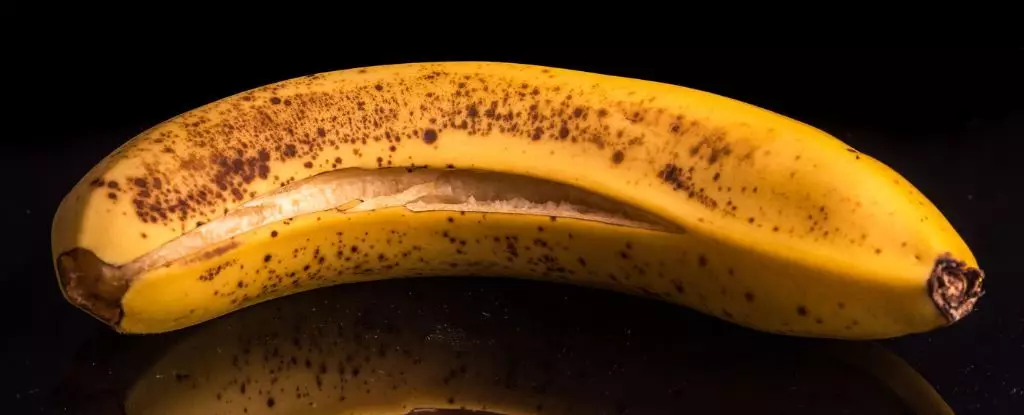As society becomes increasingly aware of food waste and nutrition, the spotlight on overlooked food parts is more relevant than ever. One such overlooked element is the humble banana peel, often discarded without a second thought. Recent scientific studies have unveiled a surprising truth: banana peels are not only safe for consumption but are also packed with nutritional benefits that can transform our culinary practices. This article explores the value of banana peels, along with innovative ways to incorporate them into our diets, thus combining sustainability with health.
Banana peels contain substantial amounts of vitamins and minerals that are vital for maintaining health. Rich in magnesium, potassium, and fiber, these peels support various bodily functions, including muscle health and digestion. Antioxidants embedded in the peel also contribute to disease prevention, promoting overall well-being. Therefore, when individuals dispose of banana peels, they are unwittingly discarding an affordable source of beneficial nutrients.
A recent study has shown that when properly prepared—blanched, dried, and ground into flour—banana peels can add remarkable value to baked goods. Participants in a taste test revealed that cookies made using banana peel flour were just as palatable, if not more so, than conventional options crafted solely from wheat. The introduction of banana peel flour not only enhanced the health profile of sweet treats but also contributed a subtle flavor that many enjoyed.
When it comes to cooking, banana peels should not be relegated to the compost heap. They can be seamlessly integrated into various dishes, elevating both flavor and nutrition. For instance, beyond cookies, this versatile ingredient shows promise in breads, cakes, and even pasta. A study on banana peel-enhanced cake revealed that the addition not only provided vibrant color but also enhanced nutritional quality, making it an appealing option for home bakers and culinary enthusiasts alike.
Moreover, the concept of using banana peels has been popularized in vegan cooking, with inventive recipes emerging, such as banana peel bacon and pulled peel ‘pork.’ These innovative dishes demonstrate that the peel can be transformed into savory staples that satisfy cravings without compromising health.
The issue of food waste remains critical, with approximately 40% of a banana’s total weight residing in its peel—often discarded without a moment’s hesitation. By learning how to utilize banana peels, consumers can actively participate in reducing food waste, ultimately benefiting the environment. Preparing the peel in a palatable form, such as a flour or a seasoned side dish, encourages sustainability by minimizing waste.
More broadly, the benefits aren’t limited to bananas alone; other fruit peels like mango skin have also been linked to enhancing antioxidant properties in baked goods, indicating that various peels may possess untapped potential. As we recognize the wealth of nutritional components present in these discarded parts, we move towards a more sustainable food culture.
Incorporating banana peels into our diets offers a unique blend of sustainability and health benefits. From enriching baked goods with essential nutrients to reducing food waste, this often-overlooked byproduct can revolutionize how we conceptualize food consumption. By seeing the banana peel as an opportunity rather than waste, consumers can contribute to a healthier lifestyle and a cleaner environment.
Next time you peel a banana, consider saving the skin. Equipped with the right recipes and preparation techniques, you may discover a new culinary star in your kitchen that not only nourishes your body but also supports broader environmental goals. Embracing the unconventional could lead to unexpected delights, making your meals not only tastier but also more responsible. Your stomach—and the planet—will thank you.


Leave a Reply